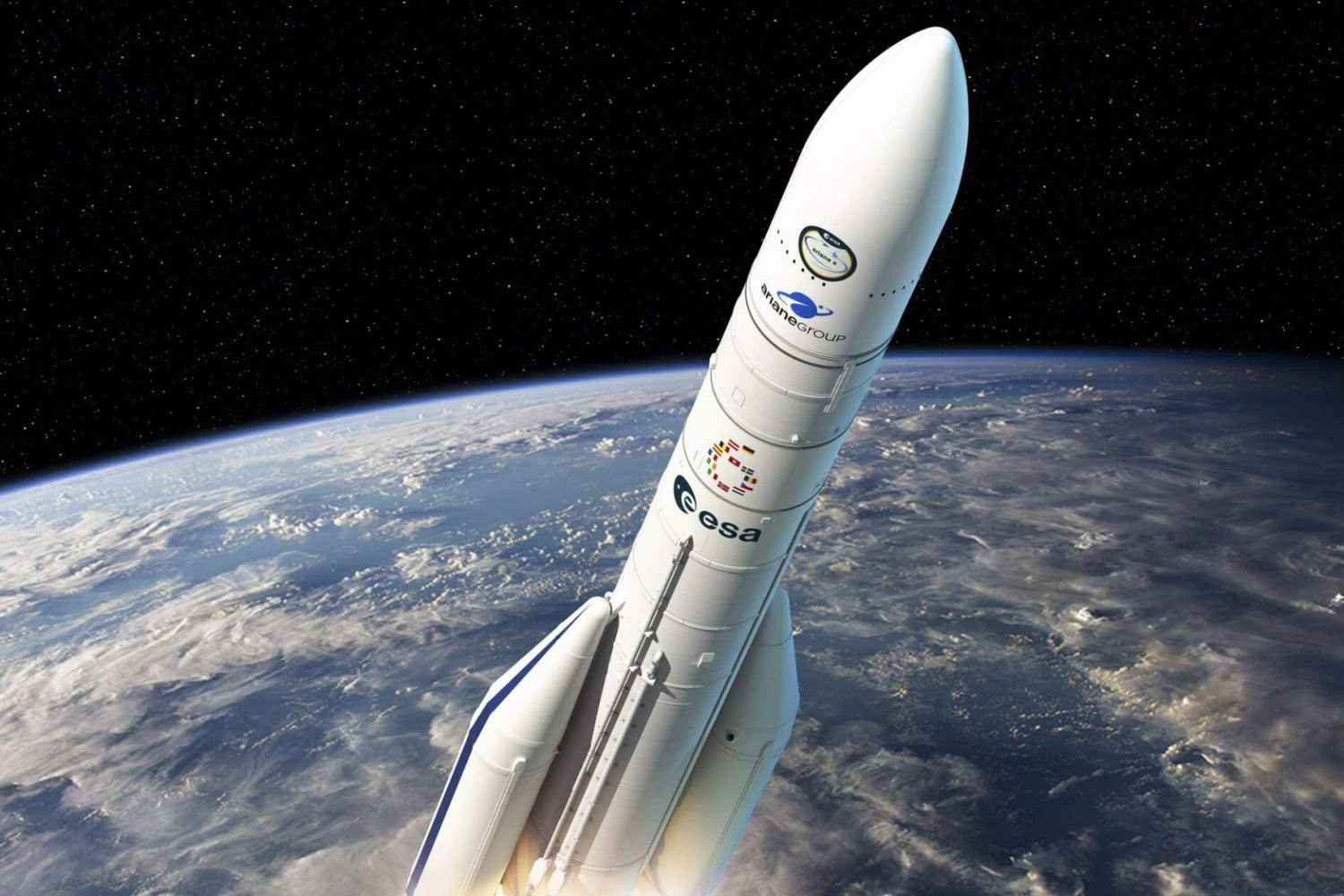At the end of the 1960s, commercial aviation was booming. The first civil aircraft with Turbofán engines, such as the Douglas DC-8 and Boeing 707they were redefining the rules of the passenger air transport game. As a result of this scenario, many countries in the world began to boost changes for a future where flights would multiply.
At that time in Japan they believed that Osaka International Airport, which operated for the Kansai region, would not be able to cope with the growing air market. Expanding its facilities, however, was not a plausible option. Due to a series of residents demands, the government had established strict operating standards to this airport.
An airport on an artificial island
To avoid limits as a limited operating schedule and the impossibility of carrying out an ambitious work to expand the existing airport, it set out to build “A second Kansai airport”
The project was advancing, little by little, during the following years. In order to avoid the noise pollution of the planes of that time it was concluded that the new airport should be at least three kilometers from the coast. Under this premise, the works began in 1987 five kilometers inside the Bay of Osaka.

Kansai International Airport
To shape the artificial island they were made multiple excavations in adjacent mountainous areas in order to obtain sufficient material to fill the site. Every day, from 4 in the morning until the afternoon, the members of the land project used machinery to throw thousands of cubic meters of rock on the seabed.


Osaka Bay Marine bed
The oceanic relief of this area is made up of a surface layer of 20 meters thick called Holocene layer. Then comes a layer of hard clay and gravel of many meters thick, which can be divided into upper and lower level parts. These layers usually give in when they are under pressure, and the builders knew it perfectly.


Kansai International Airport with its first phase (left); With its two phases (right)
The first phase of the project was designed by the Italian architect Renzo Piano and began with the construction of a landing floor and a passenger terminal in 1991. To compensate for the sinking of the same, special columns were installed with base metal plates to support the weight of the structure. Opened its doors to the public in September 1994.
Four months later, the one that was considered one of the most expensive and complex civil works in history received its fire test. On January 17, 1995, the Asian country was beaten by the Kobe earthquake, whose epicenter was located several kilometers from the airport. The structure resisted with slight damage thanks to its advanced antisismic design.
In 1996, the construction of another track and passenger terminal was given green, second phase that demanded a good amount of years to complete. In 2007 it was partially inauguratedwhich allowed a limited service and, in turn, decongest the other parts of the airport. Since then, the airport has starred in several improvements and maintenance works.


Boeing 747 at Kansai International Airport
The ability of those responsible for the project to carry out a work of such magnitude has received praise throughout the world. In 2001 he was awarded the “Millennium Civil Engineering Monument” award of the American Society of Civil Engineers. But he has also received an avalanche of criticism, mainly at his cost of realization.
In 2008, Kansai International Airport had consumed more than 20,000 million dollars. Many of the expenses derived from the necessary tasks to mitigate the sinking of the artificial island. In 1994, the sinking rate was around 50 centimeters per year, although it is currently by below 10 centimeters.

Engineers have resorted to a sand drainage system to address the sinking problem. The same consists of placing sand piles in the clay area that allow the water to escape and clay to harden. Since the beginning of the project, 900,000 piles have been installed that, in the light of the data, seem to be fulfilling their function.
Imágenes | Wikimedia (1, 2) | The Kansai International Airport | Google Maps | and H (CC By-sa 2.0)
In WorldOfSoftware | It is assumed that the US is already developing the successor of the legendary SR-71. It is supposed because everything is super secret
*An earlier version of this article was published in August 2024












